Creating an Inclusive Fashion Brand: Tips for Accessibility and Representation
By prioritising accessibility, you can reach a wider audience and create a more inclusive space for your customers. In this article, we will share valuable tips on how to make your brand accessible and represent all audiences, from your digital content and language down to your photography.
Online Accessibility:
Your digital content is the online face of your brand, so it's crucial to ensure it is accessible to everyone. Consider the following tips:
Image Descriptions:
Include alternative text descriptions (alt tags) for images on your website and digital platforms. This allows individuals using screen readers to understand the content and context of the images. on Instagram, you can add an "ID:" to the bottom of your caption to allow individuals with screen readers to also digest your social content.
Colour Contrast:
Ensure that the colour combinations on your website have sufficient contrast, making it easier for individuals with visual impairments to read the text and navigate your site. You can use a tool such as WebAim to check this by implementing different hex codes.
Clear Navigation:
Make sure your website has clear and organised navigation menus. This helps all users, including those who rely on keyboard navigation or screen readers, to easily find the information they need.
Video Captions:
Turn on video captions for your videos, and short-form video content. This helps those who have hearing impairments, but also those who find content easier to digest when you're able to read it at the same time. This also helps those who have their sound off to watch your video without compromising your message.
Font sizing:
Ensure your font is large and user-friendly, free from contrasting colour issues but is also readable. Avoid narrow fonts even though they might look quirky and opt for fonts that can be read by all. Avoid capitalisation across your written content, this can affect those who might have dyslexia or autism and helps your content to be user-friendly.
Descriptive Product Descriptions:
Use clear and detailed descriptions to provide an accurate representation of your products. This helps individuals with visual impairments envision the item they are interested in.
Photography Representation:
Diversity and inclusivity in your photography can significantly impact your brand's accessibility and appeal to a broader audience. Here are some tips to consider:
Casting Models:
When organising photoshoots or featuring models on your website, strive for diversity in terms of race, ethnicity, body type, age, and gender identity. This helps individuals from various backgrounds feel represented and included.
Authenticity:
Avoid tokenism and ensure that diversity is genuinely integrated into your brand's identity rather than a mere marketing tactic. Celebrate real people and their stories, showing genuine representation in your visuals.
Community Engagement:
Engage with your audience and listen to their feedback. Collaborate with real customers to showcase your products in diverse settings and embrace their individual styles. This approach adds authenticity and strengthens your brand's connection with the community.
Inclusive Language:
Language plays a crucial role in making your brand accessible. Consider the following tips:
Gender-Neutral Terminology:
Avoid using gender-specific terms when describing your products. Opt for inclusive language that appeals to a broader range of customers.
Respectful and Inclusive Tone:
Be mindful of your brand's voice and ensure that it aligns with inclusivity. Avoid offensive or exclusive language that may alienate potential customers.
Creating an accessible fashion brand goes beyond making a statement; it fosters an inclusive community that celebrates diversity. By implementing the tips discussed above, you can make your brand more accessible to individuals with disabilities, represent different audiences, and connect with a broader customer base. Remember, small steps can lead to significant changes, so embrace accessibility as an ongoing journey for your brand's growth and success.
Now, empower your audience with fashion that is accessible, inclusive, and inspiring!.
About this blog
I'm Hannah Lunn, a Yorkshire fashion and beauty photographer. I'm passionate about promoting inclusivity and diversity and mental health in the fashion industry by amplifying the voices of underrepresented individuals and making inclusivity fashionable. Contact me now to discuss your next project and let's make it a success.
Related Resources:

